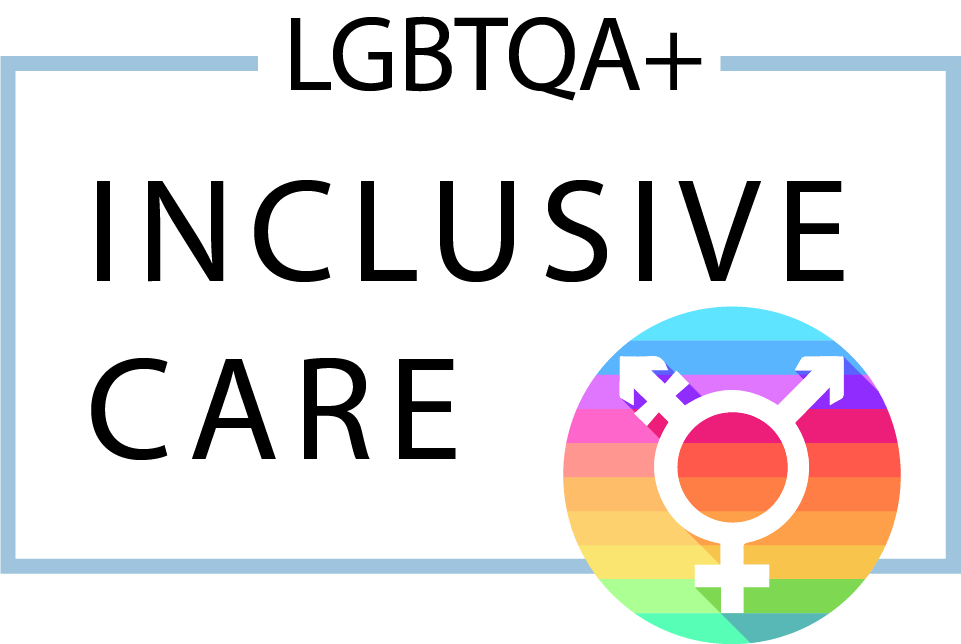The symptoms of burnout and depression can appear to be very similar. Both conditions take a toll on your mental health, cause you to feel physically exhausted, and decrease your desire to do the activities you love.
However, the treatment route for burnout and depression differs in important ways. Understanding if you have burnout, depression, or both, is a critical step to take so that you can begin to manage the symptoms of each.
What is burnout?
The term ‘burnout’ is fairly intangible. There is no correct and 100% accurate definition. In spite of this, there are several different ways we can recognize burnout. Usually, it is brought upon someone who is going through an incredibly stressful period of time, whether that is by taking care of a sick loved one or raising children. Perhaps the most common way people develop burnout, though, is through a high-demand workplace.
Since many cases of burnout are created through workplace stressors, many of the associated traits of burnout relate back to work. Although the following are some of the most common symptoms, your burnout may manifest in different ways, so be sure to speak to a trained professional if you have questions.
- Intense exhaustion: When feeling burnout, you feel, well, burnt out. Your energy level dips, you lack focus, and feel increasingly fatigued. Burnout can even cause gastrointestinal issues.
- Decreased interest in work: While anyone can fall victim to losing focus after lunch in the workplace, burnout will cause you to resent your job. You will likely begin to feel bitterness toward your coworkers and start to distance yourself from work.
- Poorer overall performance: Becoming so burnt out will completely obliterate your motivational levels, causing your performance levels to drop. It is not sustainable to perform at the high level you had been doing before becoming burnt out.

Relationship between burnout and depression
Again, on the surface, there are many similarities between the traits of burnout and depression. Many adults suffer from both burnout and depression, but having one does not mean you have both. Depression has additional symptoms that burnout does not. These include feelings of hopelessness, worthlessness, and suicidal thoughts or tendencies.
One of the key differences in the treatment of burnout versus depression is the treatment path. You cannot “cure” your depression the same way you can alleviate your burnout, but you can alleviate some of the symptoms.
Learning to manage your burnout
The most effective routes you can take to cope with burnout all start in the workplace. You cannot begin to alleviate the symptoms of burnout without first tackling the root cause.
- Set firm boundaries: Many times, workplace burnout comes from loose boundaries. You may start to check your email on your day off or work past the end of the workday “just because.” However, these habits contribute to your professional life from cutting into your personal life. Firmer boundaries between the two will help you to keep your life your own.
- Ask for what you need: When dealing with burnout and depression, you likely feel afraid and nervous about asking for help. I am here to remind you that you are always allowed to ask for a hand. Try delegating tasks at work or speak to your boss about your workload.
- Walk away: You are allowed to take breaks at work. Be sure to sit somewhere other than your desk for lunch and walk around every hour. This will help to break up the workday.
Living with either burnout or depression may make you feel hopeless. If you are looking for professional help in managing either of these conditions, please reach out today for depression therapy.





